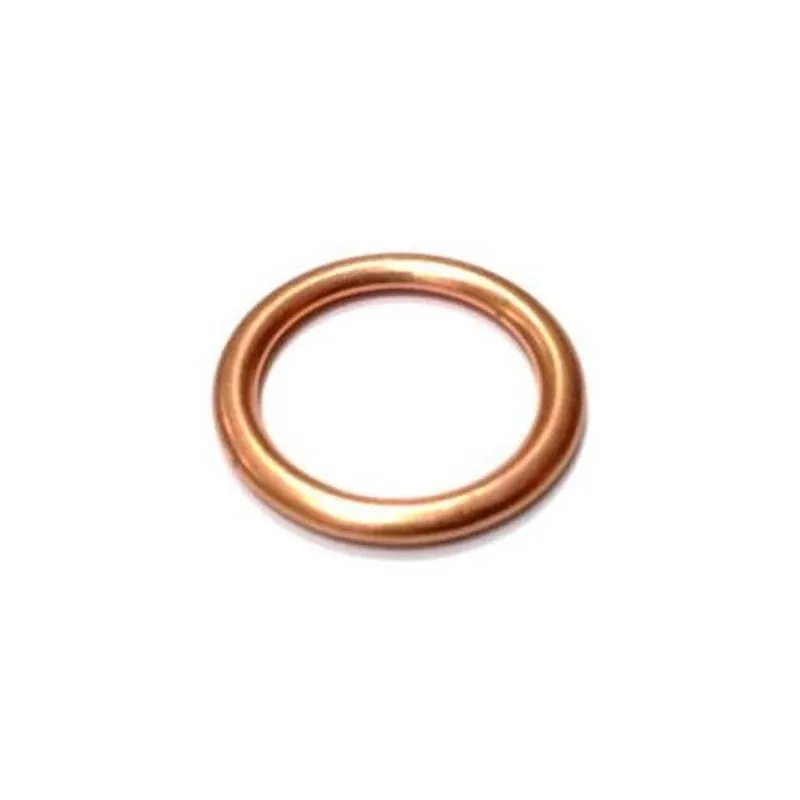transmission oil pump seal
Understanding the Importance of Transmission Oil Pump Seal
The transmission oil pump seal is a vital component in the operation of automatic and manual transmission systems in vehicles. It plays a crucial role in retaining transmission fluid, ensuring smooth gear shifts, and maintaining optimal lubrication for the transmission components. In this article, we will dive into the importance of the transmission oil pump seal, its function, potential issues related to its failure, and tips for maintenance and replacement.
The Function of the Transmission Oil Pump Seal
The transmission oil pump seal is designed to prevent the leakage of transmission fluid from the pump. This seal is typically made from durable materials, such as rubber or silicone, which are capable of withstanding high temperatures and the corrosive nature of transmission fluid. The seal sits at the interface between the pump and the transmission gearbox, ensuring that the fluid circulates efficiently throughout the system.
Transmission fluid serves multiple purposes, including lubrication of moving parts, heat dissipation, and hydraulic pressure generation. The oil pump is responsible for circulating this fluid under varying conditions, ensuring that all components are adequately lubricated and protected against wear and tear. A properly functioning seal ensures that the fluid remains intact within the system, providing optimal performance and prolonging the life of the transmission.
Consequences of Seal Failure
Failure of the transmission oil pump seal can lead to significant issues within the transmission system. One of the most common signs of seal failure is fluid leakage. Transmission fluid can escape from the pump, leading to a low fluid level within the transmission. Low fluid levels can result in poor shifting quality, slipping gears, overheating, and ultimately catastrophic damage to the transmission.
In addition to fluid leakage, a failing seal can also allow contaminants to enter the transmission system. Dust, dirt, and other particles can mix with the fluid, leading to abrasion of critical components. This contamination can worsen the overall health of the transmission, demanding costly repairs and potentially complete replacement.
Signs of a Worn or Damaged Transmission Oil Pump Seal
It is essential for vehicle owners to be aware of the signs that may indicate a failing transmission oil pump seal
1. Fluid Leaks A visible puddle of bright red or brown fluid under the vehicle can indicate a leak in the transmission system. Leaks can also occur around the oil pump seal itself.
transmission oil pump seal

2. Low Transmission Fluid Levels Regularly checking the transmission fluid level is essential. If the fluid level is consistently low, it may indicate a leak due to a compromised seal.
3. Slipping Gears If you notice that your vehicle's transmission struggles to stay in gear or abruptly shifts between gears, this could be a sign of low fluid levels caused by a seal failure.
4. Strange Noises Unusual sounds while shifting gears, such as grinding or whining, may signal that your transmission is not adequately lubricated due to fluid loss.
5. Warning Lights Many modern vehicles are equipped with transmission temperature warning lights that may illuminate if the fluid level drops too low, suggesting a potential seal failure.
Maintenance and Replacement Tips
To extend the life of the transmission oil pump seal, regular maintenance of the transmission system is essential. Here are some tips to consider
- Periodic Fluid Changes Regularly changing the transmission fluid helps remove contaminants and debris, prolonging the life of the seal.
- Visual Inspections Conducting routine inspections of the transmission system can help identify leaks or wear early, allowing for timely repairs.
- Professional Assessments If you notice any signs of seal failure, it's advisable to consult a qualified mechanic. They can perform a thorough diagnosis and recommend whether a seal replacement is necessary.
Conclusion
The transmission oil pump seal is an integral part of the vehicle's transmission system, ensuring the proper functioning and longevity of the transmission. Understanding its role and being aware of the signs of potential failure can save vehicle owners from costly repairs. Regular maintenance and timely interventions are key to keeping your vehicle running smoothly and efficiently, ensuring that you can enjoy a safe and reliable driving experience. By being vigilant and proactive, vehicle owners can help prevent seal-related issues and protect the investment they've made in their cars.
-
Simplifying Oil Changes: A Comprehensive Guide to Oil Drain Plugs and Their Variants
News Aug.04,2025
-
Mastering Oil Drain Maintenance: Solutions for Stripped, Worn, and Upgraded Oil Plugs
News Aug.04,2025
-
Fixing Oil Pan Plug Issues: Leaks, Stripped Nuts, and the Right Replacement Solutions
News Aug.04,2025
-
Everything You Need to Know About Oil Drain Plugs: Sizes, Fixes, and Upgrades
News Aug.04,2025
-
Choosing the Right Oil Drain Plug: A Guide to Sizes, Materials, and Drain Innovations
News Aug.04,2025
-
A Complete Guide to Automotive Drain Plugs: Types, Problems, and Innovative Solutions
News Aug.04,2025
-
The Ultimate Guide to Car Repair Kits: Tools and Essentials Every Driver Should Own
News Aug.01,2025
Products categories















